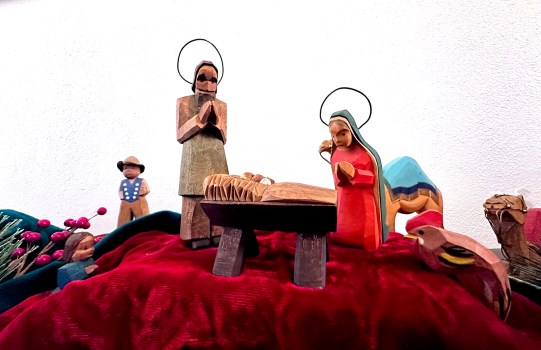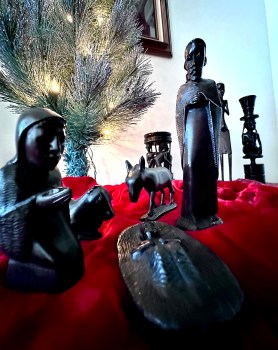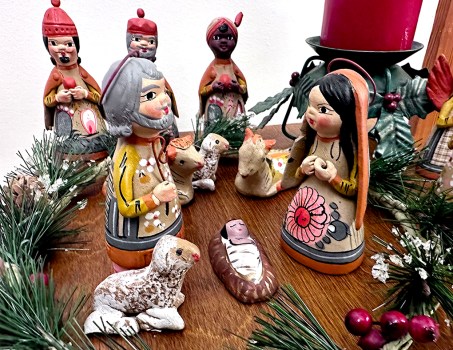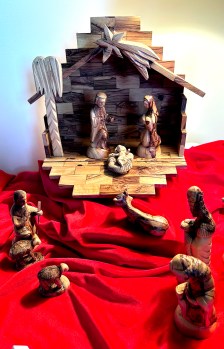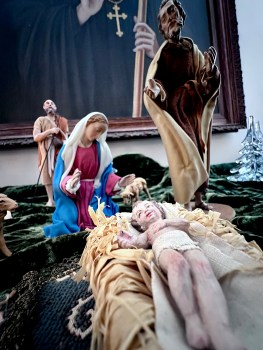Benedictine Sisters to share collection of nativity sets from around the world during Dec. 15 open house
Published 10:30 pm Wednesday, December 11, 2024
Perhaps one of the most special things about the Christmas season is just how universal the holiday is. Unlike Halloween and Thanksgiving, Christmas is celebrated by countries and cultures across the globe in a variety of unique ways. Proof of this can be found in the extensive collection of nativity sets on display at the Benedictine Sisters Sacred Heart Monastery. The public is invited to view the sets, Sunday, Dec. 15, from 1-3 p.m. during the monastery’s Christmas Open House, located on Convent Road N.E., Cullman, Alabama.
Sister Therese Haydel serves as the monastery’s archivist. She said the tradition of collecting and displaying the nativity sets — which takes roughly a week to set up — began when the late Rev. Fr. Jules Keating donated a small collection of sets he had amassed during his missionary travels to accompany the personal sets the sisters at the time already owned.
As new sisters have joined the community, they have brought along their own nativity sets which have been added to the collection. Haydel guessed the total number is currently around 40 that represent a variety of regions, cultures and decades.
When compiled together, the societal differences between the countries are evident in the materials used and the depictions of the characters within each nativity scene. Sets from Southeast Asia are often crafted from cane or bamboo. African sets capture the deep, rich skin tones of the region using ebony wood, while several German and Polish sets show the hand painted figures wearing traditional clothing. Another set, brought back by a sister from Jerusalem is made from olive wood.
“Each one really represents the art and culture of their native country. I think when Fr. Keating was buying his set, there was really a sense of that,” Haydel said.
Many sets feature minimalist, faceless figures — including one handcrafted by Haydel using chicken wire and fabric — which Haydel said allows people to insert themselves into the scene. The idea that people enjoy seeing themselves reflected as the biblical characters is possibly the key to understanding the universal appeal of Christmas because despite the many differences in the nativity collection, Haydel said there are just as many similarities; the main one being the depiction of family.
“I think most people can relate to the idea of a family. There is something about that experience that we all share. Whether you come from a broken family, a blended family or whatever, there is something about that story that speaks to us in a nonverbal sense,” Haydel said.
Another thing Haydel believes contributes to the universal appeal of nativity sets specifically, is that they allow even adults to re-experience the Christmas season through the lens of a child. She said one of the antique German sets, containing an assortment of human and animal figures, is a personal favorite for this very reason.
“I like putting it out because of how many figures it has. Arranging them is just fun because it reminds me of my childhood playing with my grandmother’s set. I would take all of the figures out of the stable and put them back in. It’s fun putting them up and setting them out every year because once you do it so many times they kind of become like friends,” Haydel said.


